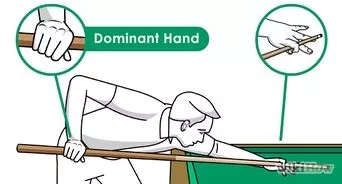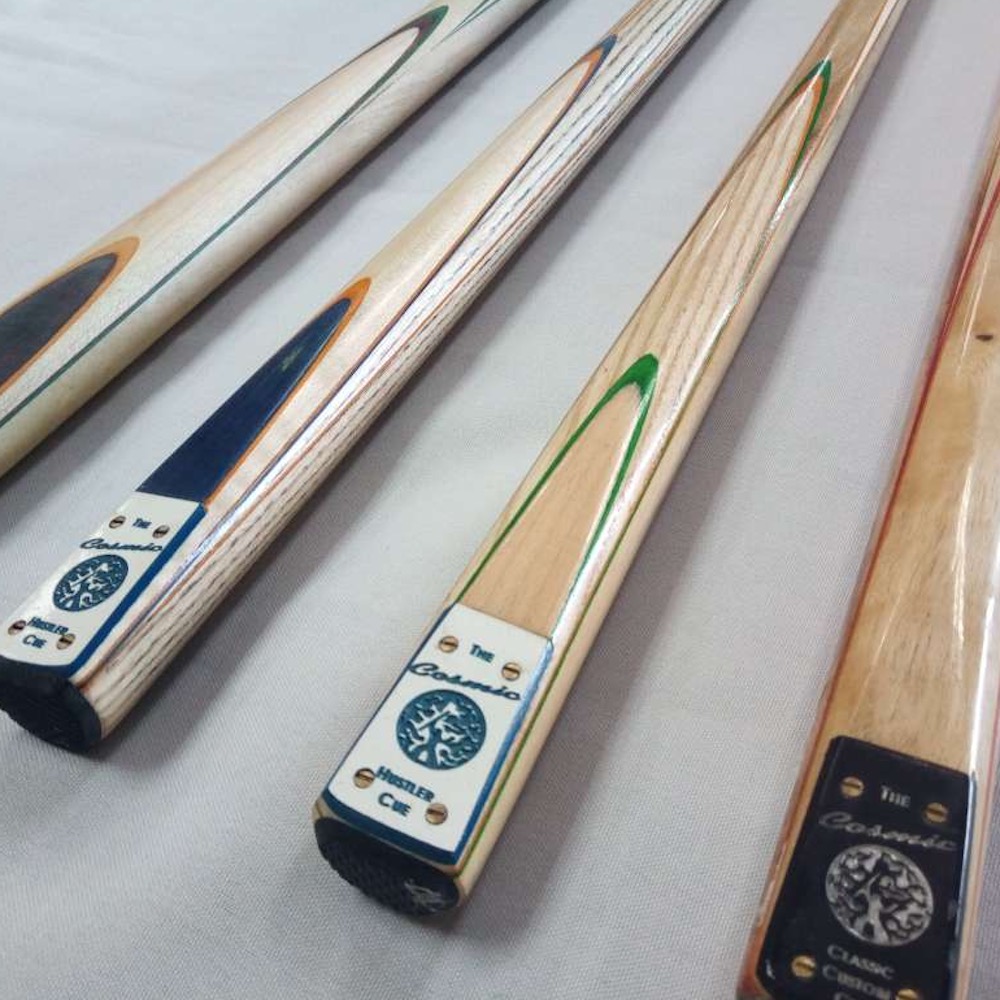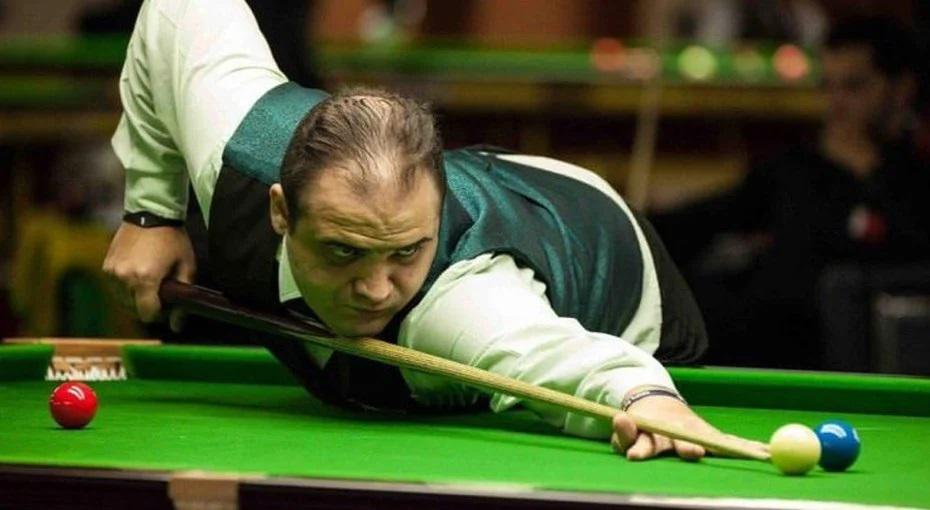
Bank shots require some finesse in order to be successful. The trick is to keep track of the ball's trajectory and to determine the best angle to get the ball to the pocket. Not only is it about making the correct stroke but also choosing the right kind of diamond. You can use a bank shot to sink a ball or to recover from a safety play. It can be used to split pockets lines.
Bank shots can be difficult but not impossible. You need to take into account the size and speed of your object ball as well as the distance between it and the cueball. Variations in speed, spin, angle, and speed can help you fine tune your bank shot. Practice your shot with a friend.
There is no one right way to do a bank shot. Every player has a different style, and every bankshot is unique. But there are some fundamental techniques that all players should know. It is possible to maximize your chances for winning by choosing the right bank shot. The process isn't difficult as you might think.

To bank a poolball, the best method is to use the spin of the cue ball to increase your shot's angle. The ball will travel straighter along the rail if this is done. Additionally, proper spin will increase accuracy. You'll be able see the impact of the ball's trajectory on the rail as it bounces off.
You can also optimize a bank shot by using the "gear effects", the ability of an object ball to rotate in the direction of gravity. This can be achieved by using a small amount of friction.
While there are many uses for the gear effect, the most common use is to adjust angle of rail. This effect is most obvious when the object ball lies near the rail as the angle will appear to be very short. The right angle will allow you to pocket the object balls without fouling.
Kick shots are also common and can be used in the side pocket. If the object ball is too far from rail, lag shots may be used. Lag shots are particularly useful when the object ball is in a position where the line of sight is nonexistent.

Reverse-cut bank shots are one of the most difficult. In order to compensate for left-hand transfer, you must make the object balls thinner. If the object ball is too far from the rail, then you will need to cut it at a more extreme angle.